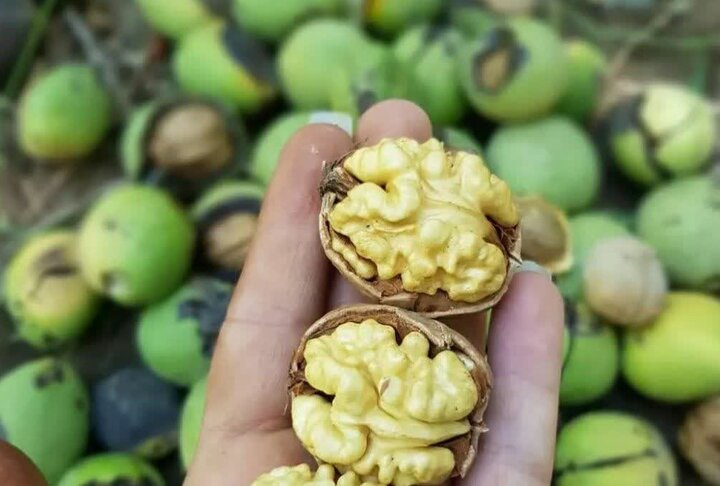One of the recognized systems is the flood-spreading gardens located in Qazvin, northwest of Iran's capital Tehran. These gardens have been in existence for thousands of years and serve as a flood-spreading system. Situated in the foothills of the Alborz ranges, the gardens not only protect the city from floods but also utilize the watershed to cultivate nuts and local delicacies. By capturing, redirecting, and sharing floodwaters, the local communities have been able to grow fruits throughout the area. In addition to providing food and employment opportunities, this system also helps in cooling the city's temperature and replenishing groundwater tables.
The other recognized system is the Traditional Walnut Agricultural System in Tuyserkan, Iran. This system is known for its walnut orchards, as well as its scenic landscapes and historical monuments. The cultivation of walnuts plays a crucial role in supporting the livelihoods of many households in the area, with family farming being the predominant method. The cultivation primarily takes place in valleys and relies on water canals designed at different levels, which are fed by rivers, springs, and Qanats. Interestingly, local farmers practice the irrigation of walnut trees during the cold and frost season, believing that it helps eliminate pests and diseases.
Two Iranian sites have recently been awarded the Globally Important Agricultural Heritage System (GIAHS) awards. These sites include the Qanat-based Saffron Farming System in Gonabad, located in the Razavi Khorasan province, and the Grape Production System in Jowzan Valley, situated in the Hamadan province. This recognition adds to Iran's previous achievement in 2014 when the Qanat Irrigated System of Kashan in Isfahan province was designated as a GIAHS.
The GIAHS program, under the Food and Agriculture Organization (FAO), follows specific selection criteria. These criteria include global significance, contribution to public welfare, support for food and livelihood security, preservation of agro-biodiversity, sustainable knowledge systems and practices, social values and culture, and the presence of outstanding landscapes. With the inclusion of these two Iranian sites, the FAO's agricultural heritage network now encompasses 86 systems across 26 countries worldwide.
FAO Deputy Director-General Maria Helena Semedo emphasized the importance of GIAHS, which has been showcasing long-standing agricultural practices for over two decades. The program serves as a valuable model for enhancing the resilience of agrifood systems to climate change.


Your Comment